Description
New & Improved
We’ve updated the ingredients in this supplement to a unique blend of 3 of the most researched friendly bacteria strains for babies & children. Babies & Children now contains Lactobacillus rhamnosus GG – the most researched friendly bacteria strain in the world – as well as Vitamin D to support immunity.
Existing customers can continue to use it just as before.
Who is Optibac Babies & Children for?
Expertly formulated especially for babies, toddlers and children up to 12 years old.
Key benefits
- Expertly formulated digestive supplement for little tummies
- Contains three high quality, extremely well researched friendly bacteria strains
- Each sachet provides 3 billion live cultures (guaranteed until end of expiry)
- Includes L. rhamnosus GG, the most scientifically studied strain in the world
- With added vitamin D3 to help maintain immune health
- Source of FOS fibre (0.5g of fructooligosaccharides)
- Suitable from birth up to 12 years
- Collectively, these 3 strains have been clinically trialled in thousands babies & children worldwide
- Friendly bacteria scientifically proven to reach the gut alive and complement the natural gut bacteria
- Easy to take sachet (flavourless) – simply mix with cool, non-acidic food or drinks
- No refrigeration necessary
- From the UK’s most trusted & recommended brand of friendly bacteria supplements.+
Available to buy in three pack sizes of 10, 30 or 90 sachets.
Updated name and packaging
We have also introduced new designs with eco-conscious packaging this year, which have been updating gradually from product to product to minimise any waste. We hope you like the new look!
Update December 2021: This supplement was previously called OptiBac ‘For babies & children’ in the EU and ‘For your child’s health’ in the rest of world.
Customer Questions
All questions answered by Kerry Beeson BSc (Nut. Med.) Nutritional Therapist.
Can you give a child too many friendly bacteria?
Live cultures are very safe for children1,2 and it’s not thought to be possible to ‘overdose’ on them, so don’t worry about giving your child too many. However, there’s no reason to use more than they need and in general, it is best to give them the recommended dosage. Optibac Babies & Children provides the recommended daily dose of 3 billion live cultures per sachet.
Is Optibac Babies & Children a vegetarian supplement?
Yes, Optibac Babies & Children is vegetarian. There is no dairy present at any stage of the manufacturing, the probiotic strains are vegan but the added Vitamin D3 is vegetarian. It is also gluten-free.
What are children’s friendly bacteria?
Live cultures for children are dietary supplements specially designed for use by infants and children. Certain species and strains of bacteria are more commonly found in a child’s gut, such as strains of Bifidobacteria and Lactobacilli. High-quality kids’ supplements will contain live cultures which have been clinically researched in children and are particularly suitable for a child’s developing digestive system. Optibac Babies & Children contains strains of Bifidobacteria and Lactobacilli which have been researched in children, such as Bifidobacterium breve M-16V ® and Lactobacillus rhamnosus GG.
How do I choose the best friendly bacteria supplement for my child?
When choosing a friendly bacteria supplement for your child, you need to feel confident that it’s safe, well-researched, and contains bacteria which are suitable for your child’s needs. It’s best to choose a supplement which has been specifically researched and designed for kids. Optibac Babies & Children is a high-quality live cultures supplement. Collectively these 3 strains have been clinically tested in thousands of babies and children1,2,3,4,5.
When is the best time of day to give Optibac Babies & Children?
If possible it is best to give Optibac Babies & Children in the morning with the first meal of the day. This is when stomach acidity is at its most neutral, ensuring that the live cultures pass safely through the harsh stomach environment. Giving the supplement with food also helps to buffer stomach acid and helps to assist the transit of the bacteria through the stomach and into the gut.
References
1. Athalye-Jape G et al. (2017). Bifidobacterium breve M-16V as a probiotic for pretern infants: A strain specific review. Journal of Parenteral and Enteral Nutrition, 42 (4): 677-688.
2. Manzoni, P. et al (2011) Routine Lactobacillus rhamnosus GG administration in VLBW infants: A retrospective, 6-year cohort study. Early Human Development (87) 35–38.
3. Wickens K et al. (2008). A differential effect of 2 probiotics in the prevention of eczema and atopy: a double blind, randomised, placebo controlled trial. Atopic dermatitis and skin disease, 122 (4): 788-794.
4. Kumpu, M. et al (2012) Milk containing probiotic Lactobacillus rhamnosus GG and respiratory illness in children: a randomized, double-blind, placebo-controlled trial. European Journal of Clinical Nutrition (66) 1020-1023
5. Hojsak, I., Snovak, N., et al. (2010) ‘Lactobacillus GG in the prevention of gastrointestinal and respiratory tract infections in children who attend day care centers: A randomized, double-blind, placebo-controlled trial’, Clinical Nutrition, 29(3). doi: 10.1016/j.clnu.2009.09.008.

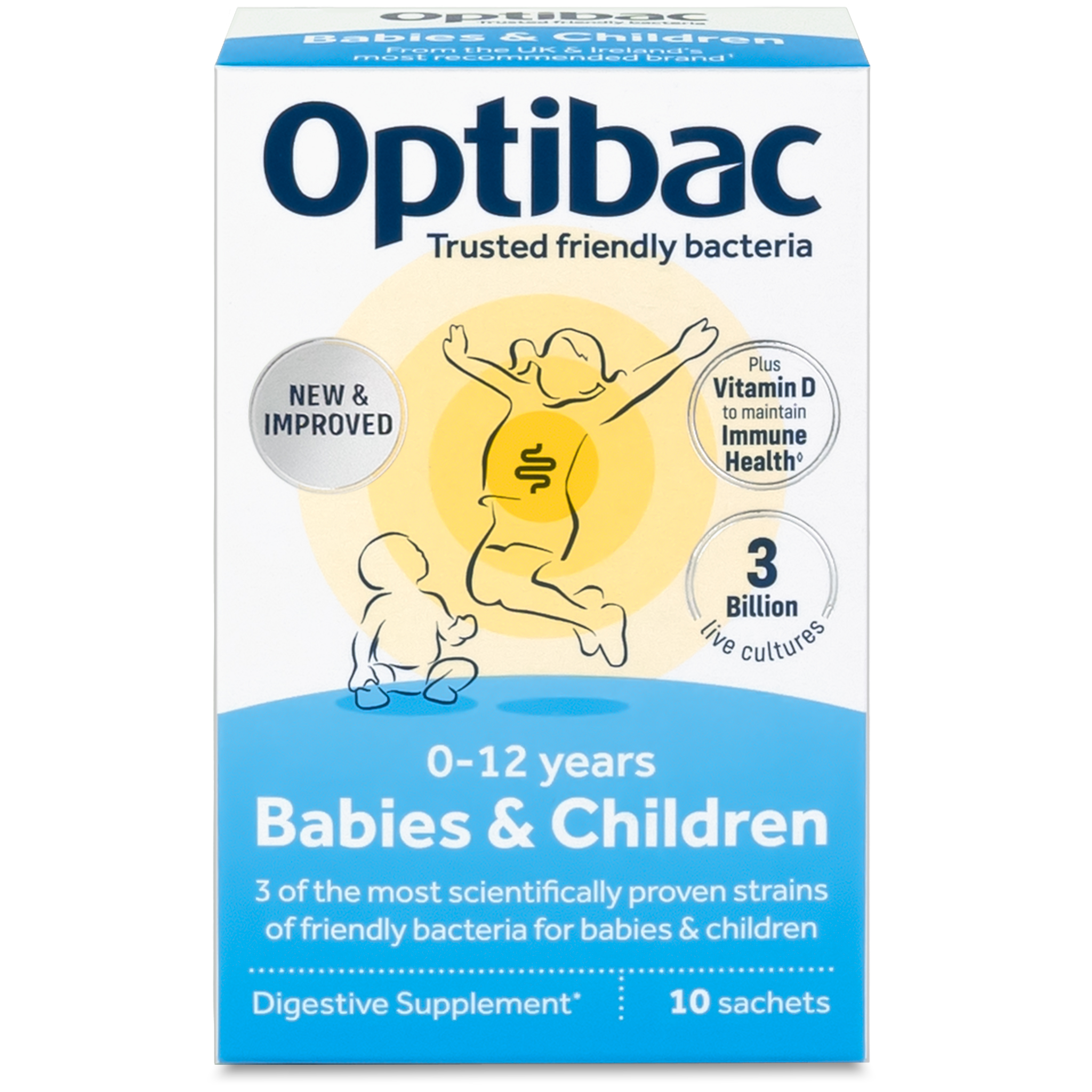

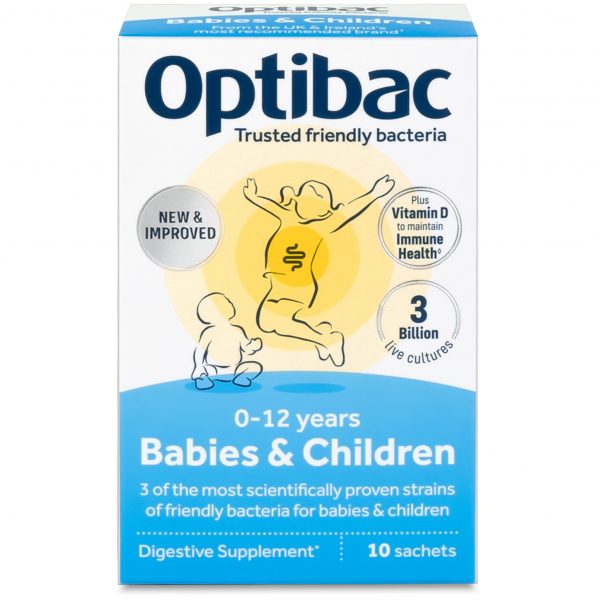
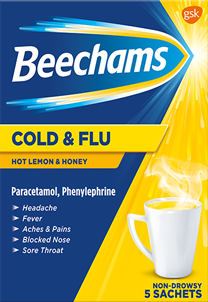
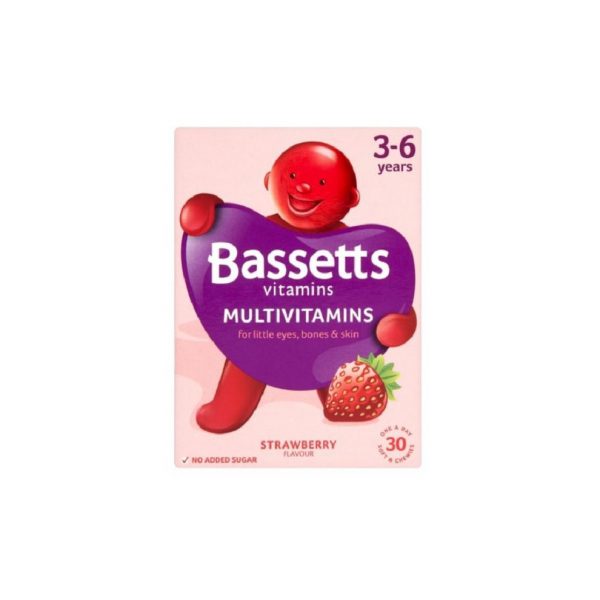
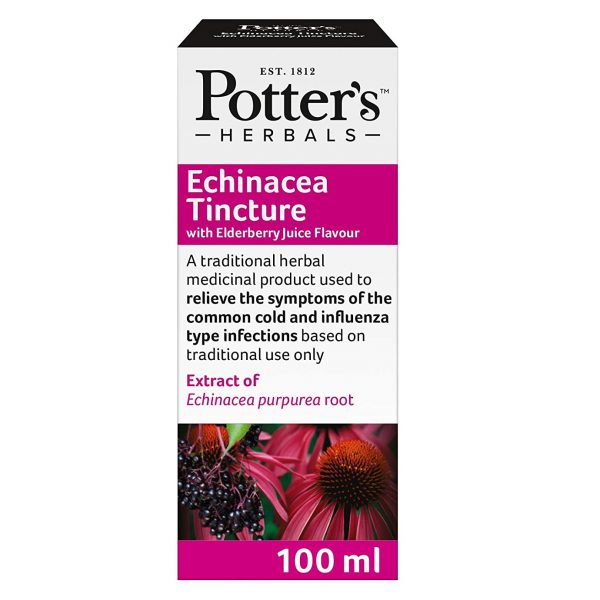
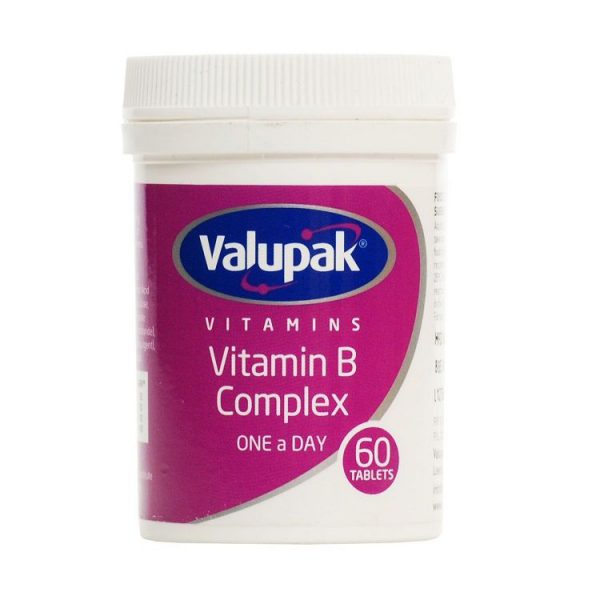
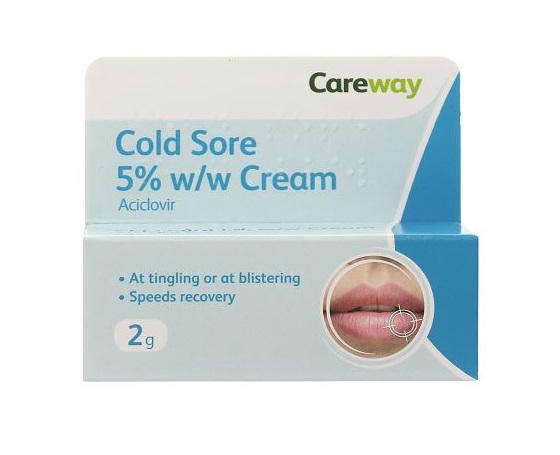
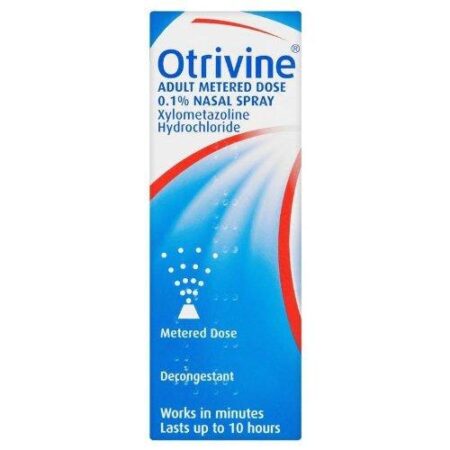
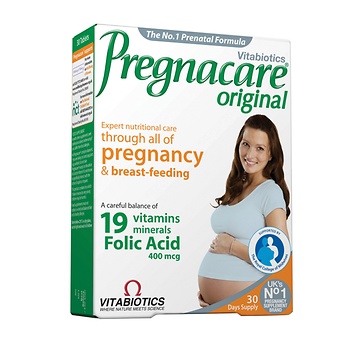
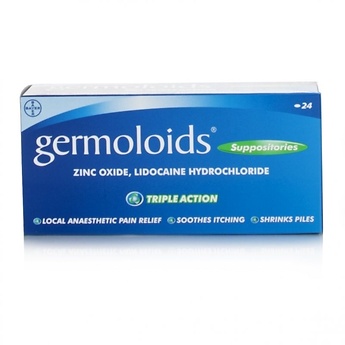
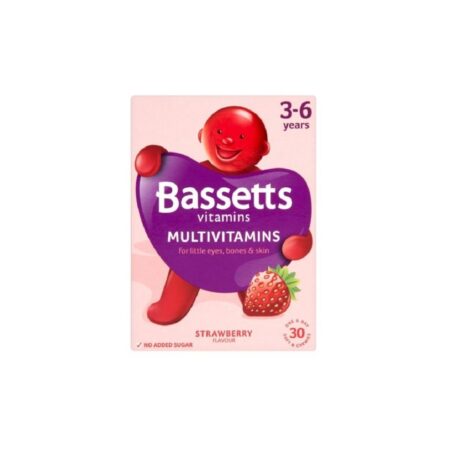
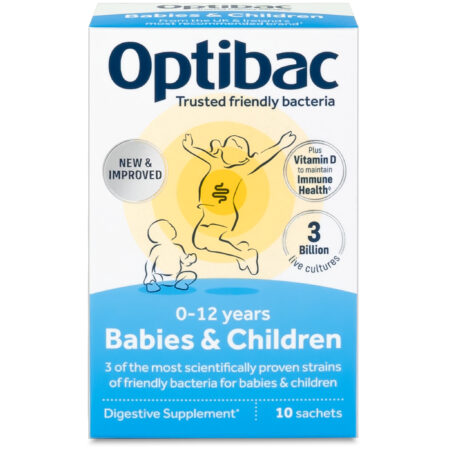

Reviews
There are no reviews yet.